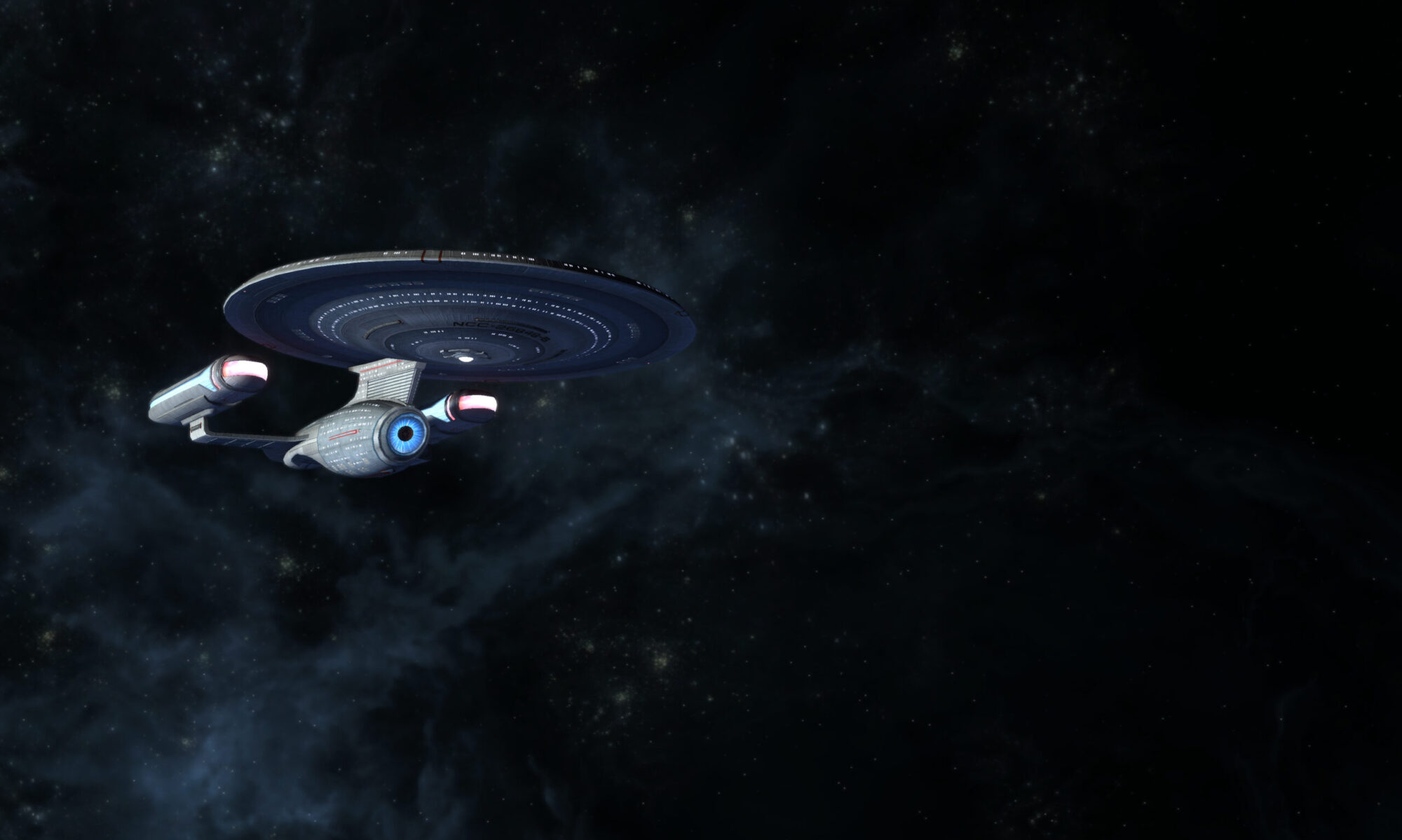



The Bay's Most Independent Star Trek Fan Club




[Above: CMDR Sung mans the helm station]
If you like Star Trek and you haven’t played Artemis yet, I don’t know what to tell you. Wait, I do: you should play Artemis. You’ve probably got a laptop that can run it. Find five other people who do, too, plus a TV you can connect one of the computers to, and you’ve got yourself a bridge crew.
Or you could find a friend with an office space, a wide-throw digital projector, and the best crew in Starfleet. You might end up making a video like this one with some friends:
And that was the FIRST run of the night, with the reckless and bloodthirsty Anthony Carboni of Rev3Games in the big chair.
Our next mission featured the crew of the USS Loma Prieta herself, with Captain Zach Perkins in command. I would give a complete roster, but the stresses of taking the helmsman position prevented me from paying attention to much other than flying the ship. Flying the ship to victory. [Captain’s addendum, our crew was: Cmdr Sung on helm, Capt Roberts on tactical, LtCmdr Hesser on engineering, Lt Dolgoff on sciences, and Lt(jg) Roodman on communications]

[Above: CAPT Perkins takes the big chair and CAPT Roberts sets up at tactical]
The rest of the night consisted of civilian crews taking to the bridge, some in various states of inebriation that may have helped or hindered; I’m not sure. But they were all awesome. We agreed we had to do it again.
And so we did! For the second night a handful of days later, we gathered some of the first night’s participants and more of the USS Loma Prieta crew, and made some important discoveries:
It was more fun than we’d ever had. However. We’d long wondered what would happen if we could get another ship’s worth of computers together and try to fly two ships at once: would it be possible to double our fun? No. We quadrupled it. At least.

[Above: The USS Loma Prieta crew on the main bridge]
It turns out that having two ships in the same sector, flying under two different captains, with communications officers talking to each other via FaceTime on dedicated iPads, is at least four times as much fun as it is with just one. The fun expands exponentially (I would expect a third ship to increase the fun by nine).
For our third and last night in the space formerly occupied by Bolt | Peters, we once again assembled the bridge of the USS Artemis, but in the empty upstairs office, the bridge of the USS Intrepid came online. iPads with FaceTime were set by the communications stations, and our missions began. And they were amazing.
We were thinking about trying to battle each other, real Wrath of Khan style, but we had much more fun tackling enemy fleets together, coordinating our movements and battle tactics, warning each other when nukes were being deployed, taking turns flying cover and staging raids on enemy fleets. It was outstanding.
We said goodbye to the Bolt | Peters space that night with simulated battles and a lot of booze, which may explain why we thought it was a good idea to try something at the very end of the night that I later dubbed “WOLFPACK MODE.” We took four computers and made each one an entire ship. Yes, an entire ship: one person manned all five stations, switching between them as best he could, with the highest-ranking officer (me) assuming strategic command of our battle fleet. And we did it! It was not without its travails — we nearly lost one ship — but we emerged victorious after a lot of planning, communication, and frantic, frantic multitasking.
I think it’s been definitively proven: Artemis is the most fun any Star Trek fan with a computer and some buddies can have, full stop. But we may not stop there. You have been warned.
=/= CMDR Jon Sung
Executive Officer
USS Loma Prieta
Starfleet, Region 4

[Above: VICTORY!!!]